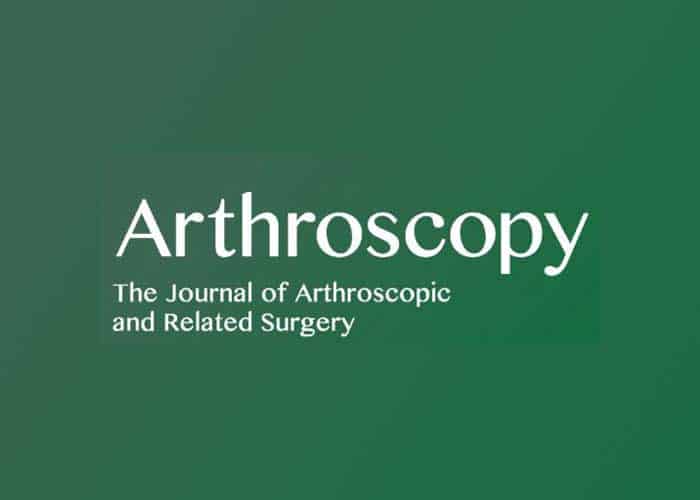
Authors:
Ariel N. Rodriguez, M.S., Robert F. LaPrade, M.D., Ph.D., and Andrew G. Geeslin, M.D
Abstract:
Meniscal tear patterns associated with anterior cruciate ligament (ACL) tears, such as root tears and ramp lesions are common but less easily recognized on magnetic resonance imaging (MRI) compared with a complete radial tear or a locked bucket-handle tear. Timely treatment of these tears improves outcomes in the setting of ACL reconstruction. While physical examination does not enable a definitive diagnosis of meniscal root tears and ramp lesions, high-grade laxity, including a 3þ Lachman and 3þ pivot shift, should raise suspicions for these tear patterns. MRI allows visualization of both root tears and ramp lesions, although the gold standard for diagnosis is probing at the time of arthroscopy due to a high false-negative rate on MRI. Up to 17% of patients with an ACL tear have a lateral meniscal root tear; a contact mechanism and increased posterior slope are both associated with a greater incidence of lateral meniscal root tears and these are repaired with a tunnel technique. Meniscal ramp lesions occur in up to 41% of patients with ACL tears due to a contact mechanism, and we prefer repair with an inside-out technique. More than 60% of complete radial meniscal tears occur in the setting of ACL tears and are preferentially repaired with a hashtag technique for minimally separated tears and a 2-tunnel technique combined with an inside-out repair for more severe tears. Bucket-handle tears are more common in the setting of chronic ACL deficiency; concurrent with ACL reconstruction urgent meniscal repair with an inside-out technique is the gold standard, which allows for precise approximation of the tear with multiple points of fixation for improved biomechanical performance. It is critical to identify and treat these tears during ACL reconstruction because of their role as secondary stabilizers and for long-term chondral protection.
You may download the infographic: Combined Meniscus Repair and Anterior Cruciate Ligament Reconstruction
